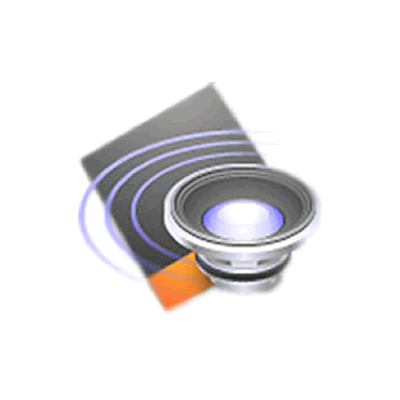Just circling back to on this.
It turns out, most of the distortion I am measuring is in fact the
microphone distortion....
Let me explain why:
The microphone in the test above is the Sonarworks Xref20 v4 (2015 version) whose maximum SPL is quoted by the manufacturer at 128dB. Although the manufacturer doesn't list how this max SPL is determined, it is possible that it is a 3% THD rating (TBC). To measure distortion correctly, we want to measure the speaker/transducer under test, NOT the microphone's own self-distortion.
Based on past findings, it appears that electret condenser microphones have a 2nd order distortion behaviour.
eg. 3% THD (-30dB) -> 1% THD (-40dB) -> -10dB
1% THD to 0.3% THD -> -10dB
0.3% THD to 0.1% THD -> 10dB
X-axis is SPL in dB; Y-axis is harmonics in "%", dots are experimentally measured values of THD in Panasonic WM-61.
Reference:
В теме дается обзор схемотехнических решений, повышающих перегрузочную способность электретных микрофонов по допустимому звуковому давлению (SPL), и предлагается для опробования простая, но эффективная и неприхотливая схема предусилителя, снижающая (в симулировании) нелинейные искажения его...

forum.vegalab.ru
Another one:
Reference:
Production Partner.de's review of iSEMcon EMX-7150 microphone (06/2012 Issue)
Reference:
Brüel & Kjær Microphone Handbook Vol 1: Theory (2-42)
If short, if a condenser microphone has a maximum SPL rating of x dB @3% distortion, it's self distortion of 0.01% is 50dB lower than it's maximum SPL.
Reference:
As there was a lot of discussion about microphone distortion here recently and I'm actually working on a pressure chamber which can produce >160dBSpl ... I spent an afternoon to do some microphone measurements. Setup A pressure chamber is a device with a speaker membrane with a very small and...

www.diyaudio.com
This puts the Sonarworks XRef20 (2015-2023 models) optimal operating range for distortion measurements to
MUCH LOWER than the maximum SPL rating
.
As you can see from my measurements, the microphone was observing to levels of up to 102dB when measuring the tweeter at 31.6cm. So the distortion measurement is NOT just of the driver, but includes that of the microphone. How much is the tweteer and how much is the microphone has not yet been determined. (TBC)
And finally, a quick and dirty way to check to see if you microphone is contributing to the distortion is if the H2 has the same shape as the fundamental.











 .
.






